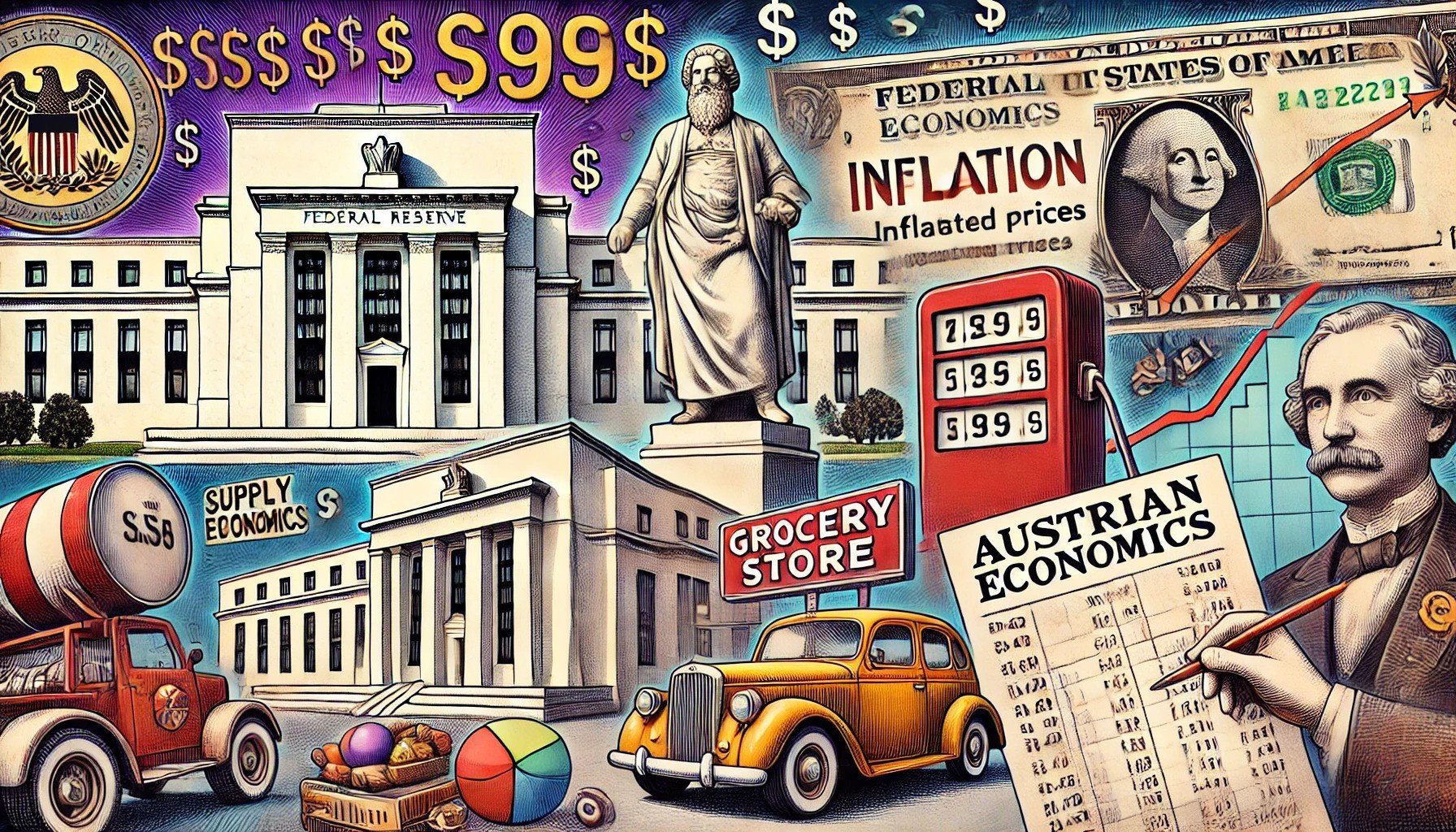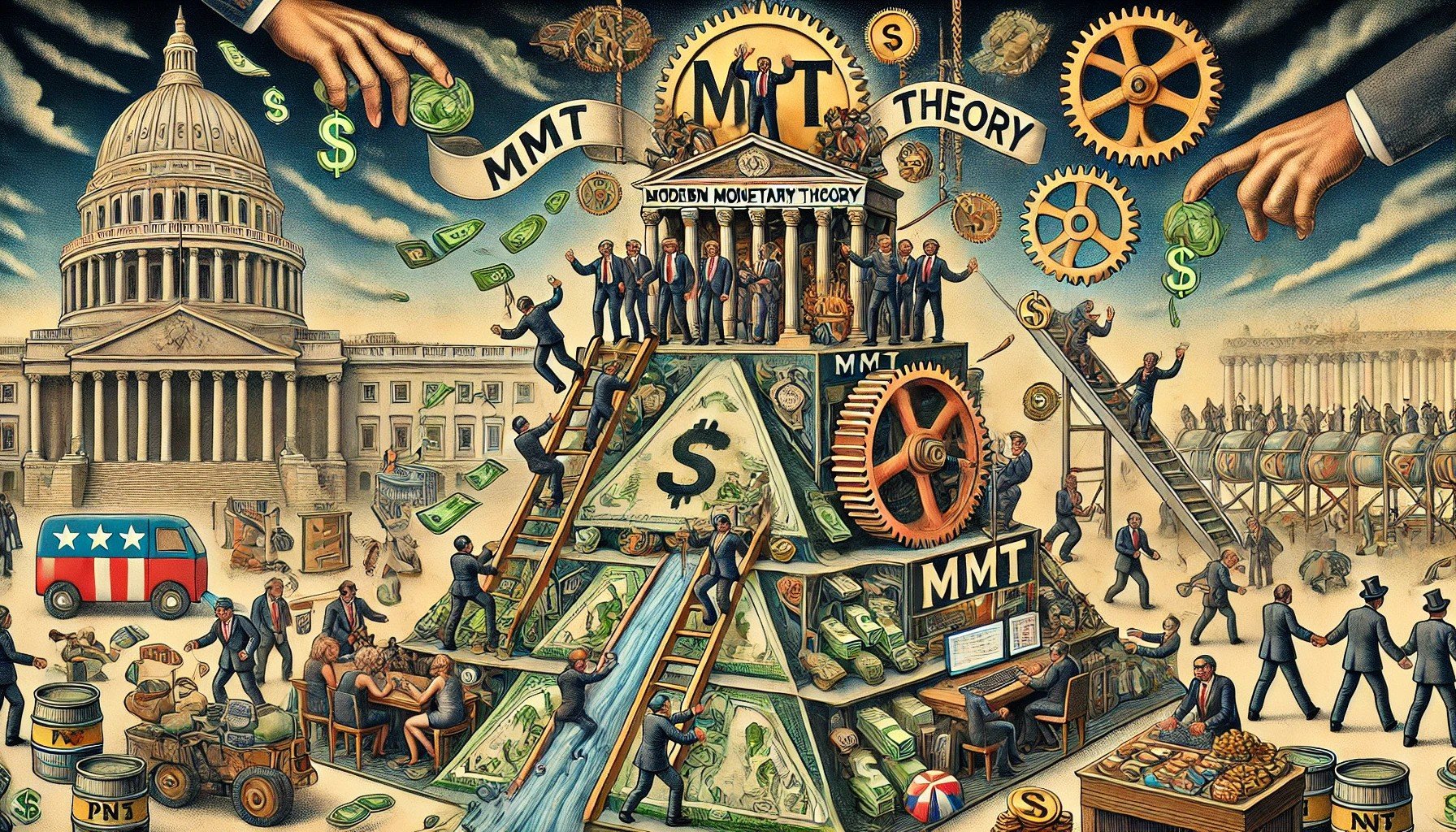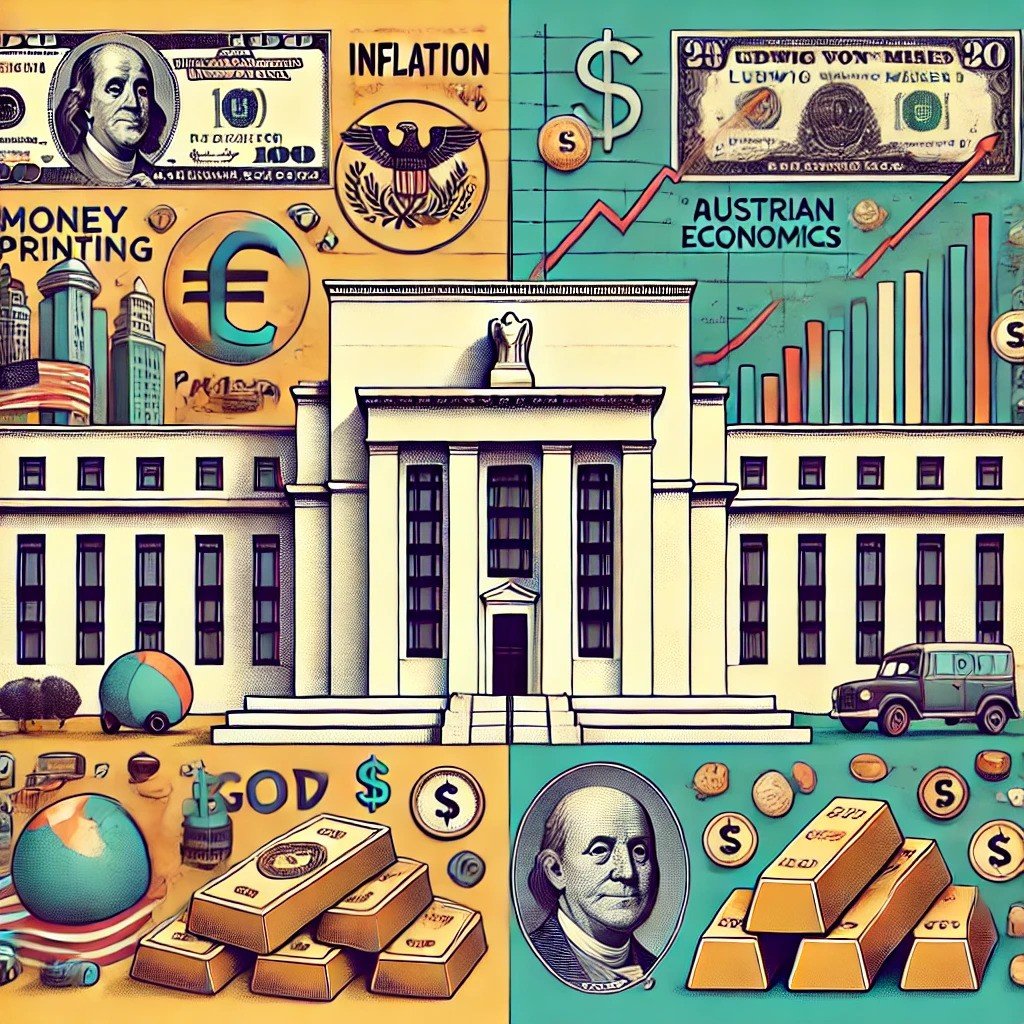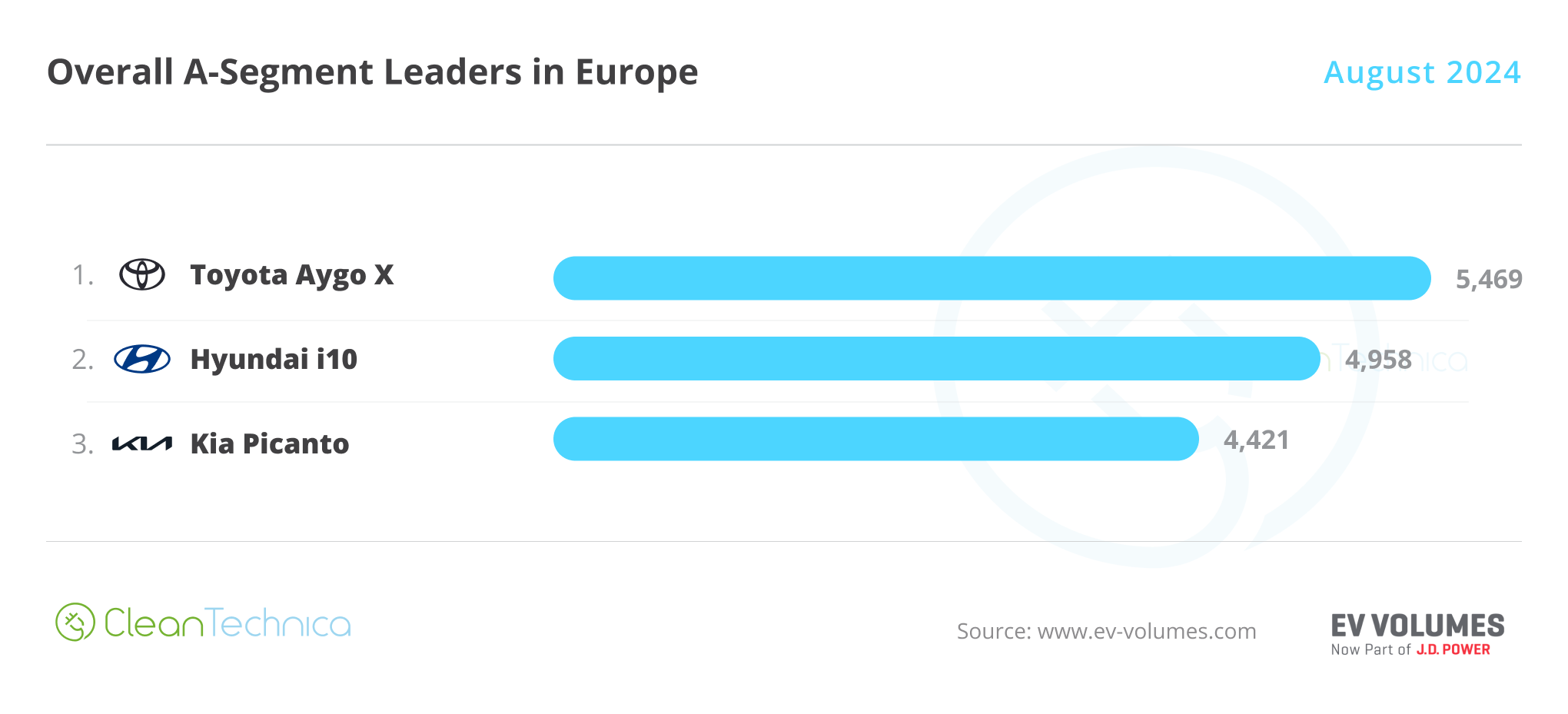In a recent episode of the Money Metals podcast, host Mike Maharrey interviewed Thomas James DiLorenzo, an accomplished author, President of the Ludwig von Mises Institute, and former economics professor at Loyola University Maryland.
Tom DiLorenzo, a prominent figure in the Austrian School of Economics, shared insights on inflation, the Federal Reserve, and the broader economic landscape.
(Interview Begins Around 6:45 Mark)
Who is Tom DiLorenzo?

Thomas James DiLorenzo is a renowned author, economist, and the current President of the Ludwig von Mises Institute. With a distinguished academic career, he served as a professor of economics at Loyola University Maryland for many years. DiLorenzo is a prolific writer, having authored 18 books on topics ranging from economics to history. He is also a research fellow at The Independent Institute, a Board of Advisors member at CFACT, and an associate of the Abbeville Institute.
Identifying with the Austrian School of Economics, DiLorenzo is a vocal critic of the Federal Reserve and modern economic policies, advocating for free-market principles and monetary reforms. His work continues to influence and educate those interested in economics, liberty, and historical analysis.
Federal Reserve and Inflation

DiLorenzo emphasized that inflation is primarily driven by the Federal Reserve’s control over the money supply, not by corporations. He explained that the Fed’s policies since its inception in 1913 have led to a significant devaluation of the dollar. DiLorenzo criticized the Fed for failing to control inflation and for creating economic distortions that benefit a powerful low-interest-rate lobby, including bankers and the housing industry.
Beneficiaries of Inflation
The podcast discussed how various entities, such as large banks, the housing construction industry, and unions, benefit from inflation. DiLorenzo highlighted how the Fed’s practices, like “quantitative easing,” have enriched these groups at the expense of average citizens, particularly the elderly who struggle with low returns on savings.
Economic Distortions and Bubbles
DiLorenzo linked the Fed’s monetary policies to the creation of economic bubbles, such as those in real estate and the stock market. He provided historical examples, including the Great Depression and the stagflation of the 1970s, to illustrate the damaging effects of monetary inflation and the resultant economic cycles of boom and bust.
Modern Monetary Theory (MMT)

The conversation touched on the rise of Modern Monetary Theory, which DiLorenzo dismissed as an unrealistic and dangerous economic approach. He argued that MMT is essentially a rehash of old mercantilist ideas, advocating for unchecked government spending and money printing without acknowledging the inevitable negative consequences.
De-Dollarization and Global Economics
DiLorenzo addressed the shifting global economic dynamics, including the movement of gold from the West to the East and the increasing skepticism towards the US dollar as a reserve currency. He warned that a decline in the dollar’s reliability could lead to significant inflationary pressures in the US.
Investment Strategies
DiLorenzo advised listeners to hedge against inflation by investing in precious metals, particularly gold, as a form of financial insurance. He also recommended paying down debt as a prudent financial strategy.
Mises Institute Initiatives

The podcast concluded with an overview of upcoming events at the Mises Institute, including the Mises University summer school and the Supporters Summit in Hilton Head Island. DiLorenzo encouraged listeners to explore the Institute’s extensive resources, including free books and articles on their website, Mises.org.
Key Questions & Answers:

Why do greedy corporations keep creating inflation?
Corporations do not create inflation – it is the Federal Reserve Board that does. Since its creation in 1913, the Fed has controlled the money supply. Price inflation results from too much money chasing too few goods, and the Fed has failed to control this, leading to a significant decline in the dollar’s value.
DiLorenzo replied, “Well, they don’t. It’s the Federal Reserve Board that creates inflation because they’ve been in control of the money supply since 1913 when the Fed, as it’s called, was created. And price inflation is caused by too much money chasing too few goods. And so it’s the Fed, which has failed miserably.”
Who benefits from the Fed’s inflationary policies?
The primary beneficiaries are the bankers, housing construction industry, mortgage lenders, and unions involved in housing. These groups lobby for low interest rates, which benefit them by enabling more loans and lower borrowing costs. The Fed itself also benefits as it uses the interest from government bonds it buys to pay for its operations and salaries.
“They’re constantly trying to push down interest rates, and there is a low interest rate lobby and it’s a very large and very powerful lobby. The bankers like being able to make more loans… The housing construction industry is a big lobbying effort… It actually benefits the Fed itself because when the Fed buys government bonds, it prints money out of thin air and it purchases bonds,” said DiLorenzo.
What is the real cause of economic bubbles?
Economic bubbles are caused by the Fed expanding the money supply. Historical examples include the stock market bubble leading to the Great Depression and the real estate bubble leading to the 2008 financial crisis. These bubbles result from the Fed’s monetary inflation.
DiLorenzo specified, “The Fed has been creating boom and bust cycles ever since it was established… It created a bubble in the economy that caused the Great Depression of 1920… The Fed turns around and in the late 20s, they inflated the money supply again and created a bubble in the stock market and that created the famous stock market crash.”
What is the impact of the Federal Debt Service crossing $1 trillion per year?
The burden falls on taxpayers. For example, at the Mises Institute, taxes comprise 45% of the payroll. This heavy tax burden on individuals and organizations is a direct result of the need to service the national debt.
“Now that I’m the president of the Mises Institute, I have 25 employees and I look at the payroll every two weeks… The taxes at all levels of government, federal, state, and local comprise 45% of our payroll every two weeks,” said DiLorenzo.
What is DiLorenzo’s opinion on Modern Monetary Theory (MMT)?
DiLorenzo views MMT as nonsensical and a rehash of old mercantilist ideas. He argues that government debt is not like personal savings and that printing money without consequences is an unrealistic and harmful idea.
DiLorenzo stated, “It’s nothing modern about it. It’s 17th century mercantilism warmed over is what it is… They made up this theory that basically there is such a thing as a free lunch after all, that the government could just print money wildly and will have no negative repercussions.”
What is the likely future of the US dollar amidst global economic shifts?
DiLorenzo suggests that the dollar is becoming less reliable, and its role as the global reserve currency is weakening. This could lead to severe price inflation in the US if foreign holders of dollars start dumping them. He also sees potential benefits, such as reduced leverage for US foreign policy interventions.
“Well, I think one thing that’s happening is the dollar is becoming less and less reliable… Once people start dumping the dollars, they’re going to come here and then we’ll see some serious price inflation when all these dollars are returned here,” said DiLorenzo.
Why is there a disparity between the perception of gold in the West and the East?
In the West, particularly the U.S., mainstream media and economists, influenced by Keynesian economics, tend to disparage gold. In contrast, Eastern countries have more open discussions and a greater appreciation for gold as a stable investment.
DiLorenzo quipped, “Our media all sing in unison with one or two exceptions… These are primarily Ivy League educated eggheads… They grew up on Keynesian economics and worshipping of the Fed, which was always a part of Keynesian economics. And the Keynesians blame the Great Depression on the gold standard.”
What advice does DiLorenzo have for individual investors?
He advises investing in precious metals like gold as a form of financial insurance. He also recommends paying down debt, especially high-interest credit card debt, as a priority before investing in other assets.
DiLorenzo advised, “Well, I’m talking to a monetary metals guy here. So of course, everybody should invest in some way in precious metals as part of their portfolio because that’s one thing that’s sort of an insurance policy if nothing else… Pay down your debt. Before you invest in anything, pay down your debt, especially if you have credit card debt 25-or-30% nowadays, that’s a disaster waiting to happen.”
Conclusion

Thomas DiLorenzo’s insights on the Money Metals podcast offered a critical perspective on the Federal Reserve’s role in inflation, the influence of monetary policies on the economy, and the benefits of Austrian economic principles. His recommendations for personal financial management and the promotion of the Mises Institute’s educational resources provided valuable guidance for listeners seeking to navigate the complexities of the current economic landscape.
********



